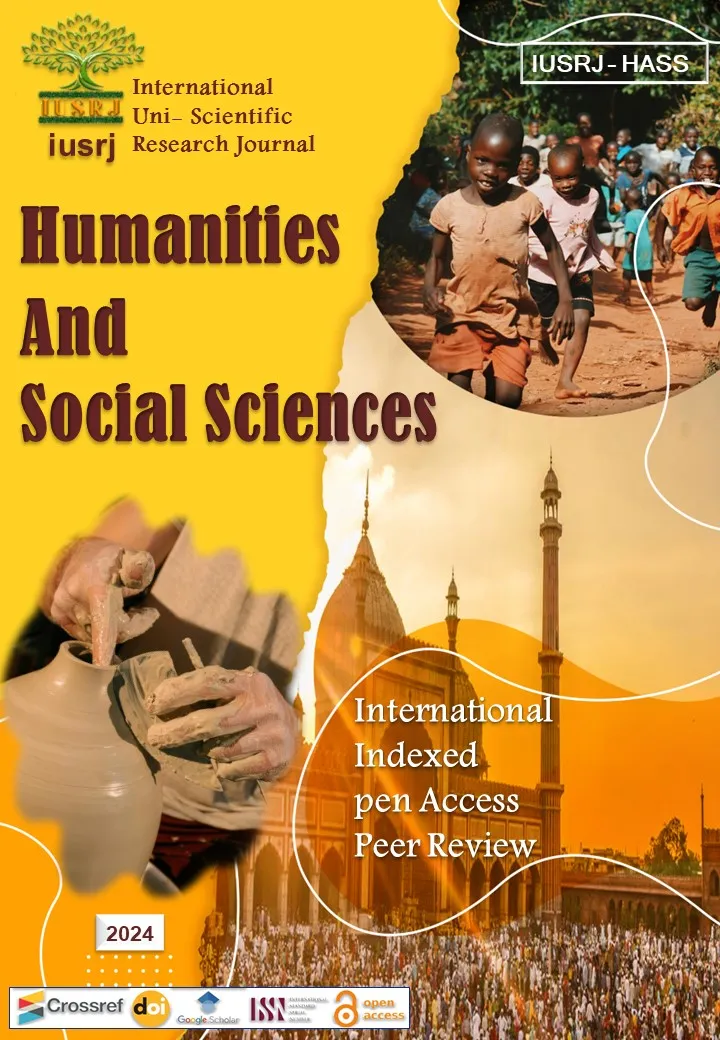This study examines the syllabic structure of instructional vocabulary found in the first volume of Al-Kitaab fii Taʿallum al-ʿArabiyya, one of the most widely adopted textbooks for teaching Arabic as a foreign language. The main objective is to explore how the book presents syllable patterns over the course of its lessons and whether it reflects a pedagogical progression in phonological complexity that supports learners’ gradual acquisition of Arabic sounds. Grounded in the principles of Arabic syllable phonology, the study employs a quantitative and applied linguistic approach to classify vocabulary items into syllabic patterns such as CV, CVC, CVV, and CVVC. A manually curated corpus was compiled from the lesson texts and vocabulary sections of the textbook, and each word was analyzed for its syllabic structure based on standard Arabic phonotactic rules. The frequency and distribution of each pattern were recorded and compared across lessons to detect trends and shifts in structural complexity. The analysis revealed that while the book generally follows a pattern of progressive syllabic difficulty, certain complex forms (e.g., CVCC) appear early, potentially posing pronunciation challenges for beginning learners. The significance of this study lies in its ability to offer measurable linguistic insights into how Arabic is presented in foundational language curricula. By identifying prevalent and challenging syllabic forms, this research provides educators with practical data to inform pronunciation instruction and material design. Moreover, it supports the integration of syllabic awareness into teaching strategies, particularly in early-stage language learning. The study concludes with pedagogical recommendations, including the sequencing of vocabulary based on syllabic simplicity, the design of targeted oral exercises, and the use of syllable analysis in curriculum development for Arabic as a second or foreign language. This contribution adds to the field of applied linguistics by bridging phonological analysis with educational practice.
Keywords:
syllable structure, Arabic phonology, Al-Kitaab textbook, non-native Arabic learners, applied linguistics, quantitative analysis, pronunciation instruction
أولاً: المراجع العربية
[1] عبد الواحد، محمد. (2015). مقدمة في علم الصوتيات. القاهرة: دار غريب.
[2] ناصف، إبراهيم. (2009). الصوتيات العربية: دراسة وصفية تطبيقية. بيروت: دار الكتب العلمية.
[3] الهاشمي، فاطمة. (2018). تعليم النطق العربي للناطقين بغيرها: إشكاليات ومقترحات. مجلة اللسانيات العربية، 6(2)، 155–178.
[4] شحادة، سامي. (2020). المقاطع الصوتية في اللغة العربية وأثرها في تعليم المفردات. مجلة دراسات لغوية، 8(1)، 103–122.
[5] الطرابلسي، نوال. (2017). تحليل الأخطاء النطقية لدى متعلمي العربية للناطقين بغيرها. مجلة اللغة والتعليم، 5(3)، 87–99.
[6] السرجاني، محمود. (2013). الصوتيات التطبيقية وتعليم اللغة العربية. القاهرة: مكتبة الآداب.
[7] العتيبي، صالح. (2019). بناء المحتوى الصوتي في كتب تعليم العربية لغير الناطقين بها. مجلة تعليم العربية، 7(1)، 55–70.
[8] الدويك، عبد الحميد. (2012). مشكلات نطق الحروف لدى متعلمي العربية. مجلة كلية التربية، جامعة الأزهر، 152، 89–112.
ثانيًا: المراجع الأجنبية:
[1] Brosch, K., Al-Batal, M., & Brustad, K. (2011). Al-Kitaab fii Taʿallum al-ʿArabiyya: A Textbook for Beginning Arabic. Georgetown University Press.
[2] Celce-Murcia, M., Brinton, D. M., & Goodwin, J. M. (2010). Teaching Pronunciation: A Course Book and Reference Guide (2nd ed.). Cambridge University Press.
[3] Ladefoged, P., & Johnson, K. (2021). A Course in Phonetics (8th ed.). Cengage Learning.
[4] Ryding, K. C. (2014). Teaching and Learning Arabic as a Foreign Language: A Guide for Teachers. Georgetown University Press.
[5] Crystal, D. (2003). A Dictionary of Linguistics and Phonetics (5th ed.). Blackwell Publishing.
[6] Gimson, A. C. (2001). Gimson’s Pronunciation of English (6th ed.). Arnold.
[7] Roach, P. (2009). English Phonetics and Phonology: A Practical Course (4th ed.). Cambridge University Press.
[8] Yule, G. (2016). The Study of Language (6th ed.). Cambridge University Press.
[9] Brown, H. D. (2007). Principles of Language Learning and Teaching (5th ed.). Pearson Education.
[10] Kenworthy, J. (1987). Teaching English Pronunciation. Longman.
Citation
Asma AL-Momani (2025),The syllabic structure in the book "Al-Kitab" for teaching Arabic to non-native speakers: A quantitative applied study in the light of syllabic linguistics. IUSRJ International Uni-Scientific Research Journal (6)(4),18-24. https://doi.org/10.59271/s45813.025.0823.4Call for Paper

We are going to launch a new Volume, 15th of next Month of peer-reviewed OpenAcess journal publishing original research articles. IUSRJs' publish innovative papers, reviews, mini-reviews, rapid communications and scheduled to monthly. For this purpose, we would like to ask you to contribute your excellent papers in IUSRJs'. Your comments will help us improve the quality and content of the journals. The journals accepts Review Articles, Original Articles and Short Communications. Brief Report, Books Review, Thesis Submit your valuable work: Submit Now Submit your article through : [email protected]
